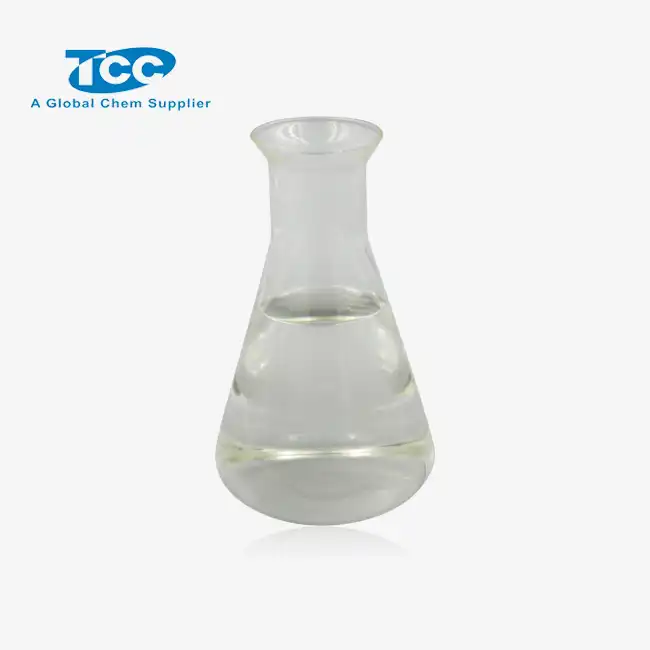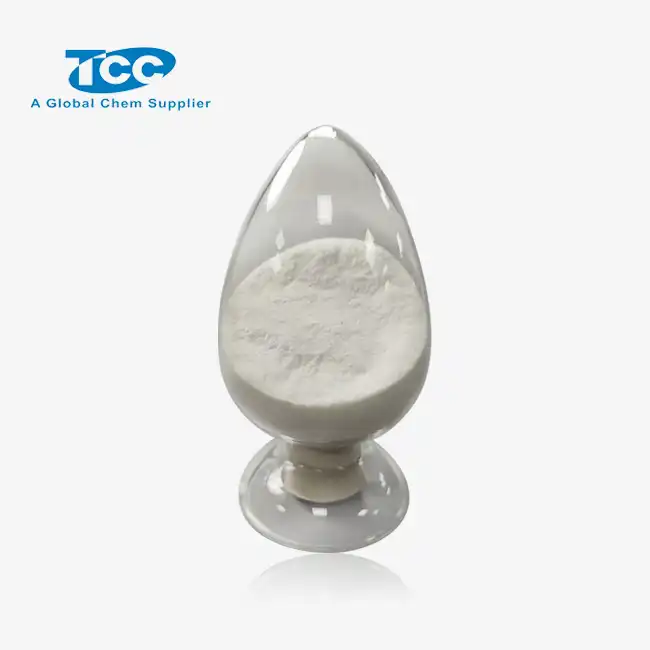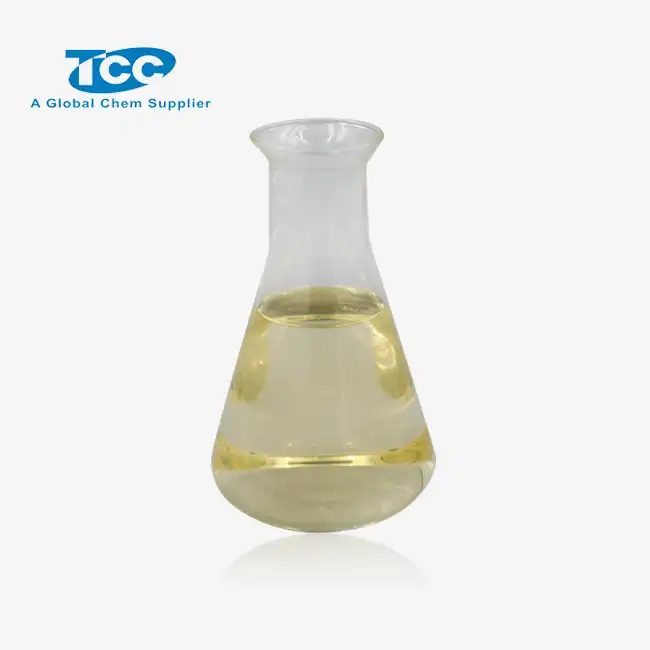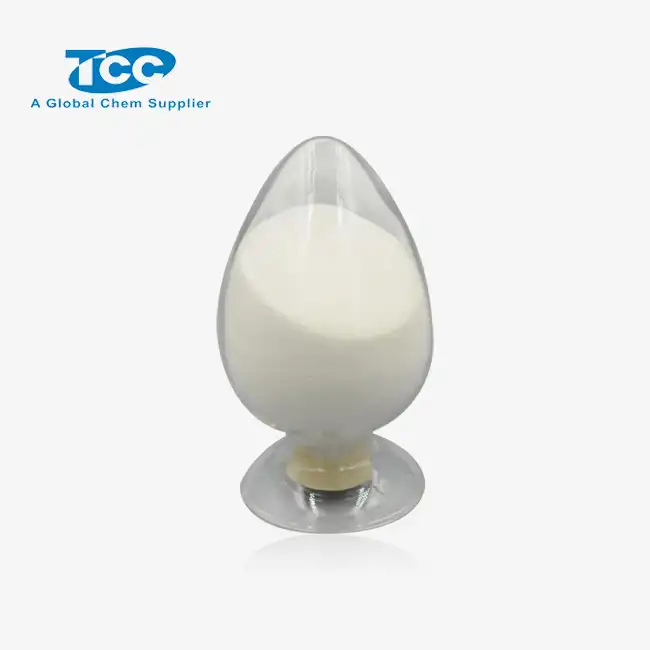- English
- French
- German
- Portuguese
- Spanish
- Russian
- Japanese
- Korean
- Arabic
- Greek
- German
- Turkish
- Italian
- Danish
- Romanian
- Indonesian
- Czech
- Afrikaans
- Swedish
- Polish
- Basque
- Catalan
- Esperanto
- Hindi
- Lao
- Albanian
- Amharic
- Armenian
- Azerbaijani
- Belarusian
- Bengali
- Bosnian
- Bulgarian
- Cebuano
- Chichewa
- Corsican
- Croatian
- Dutch
- Estonian
- Filipino
- Finnish
- Frisian
- Galician
- Georgian
- Gujarati
- Haitian
- Hausa
- Hawaiian
- Hebrew
- Hmong
- Hungarian
- Icelandic
- Igbo
- Javanese
- Kannada
- Kazakh
- Khmer
- Kurdish
- Kyrgyz
- Latin
- Latvian
- Lithuanian
- Luxembou..
- Macedonian
- Malagasy
- Malay
- Malayalam
- Maltese
- Maori
- Marathi
- Mongolian
- Burmese
- Nepali
- Norwegian
- Pashto
- Persian
- Punjabi
- Serbian
- Sesotho
- Sinhala
- Slovak
- Slovenian
- Somali
- Samoan
- Scots Gaelic
- Shona
- Sindhi
- Sundanese
- Swahili
- Tajik
- Tamil
- Telugu
- Thai
- Ukrainian
- Urdu
- Uzbek
- Vietnamese
- Welsh
- Xhosa
- Yiddish
- Yoruba
- Zulu
Carbohydrazide Powder vs Hydrazine: Which is Better?
The avoidance of erosion and the support of framework keenness are two of the most vital capacities of oxygen foragers in the field of mechanical chemicals. Two prominent contenders in this arena are carbohydrazide powder and hydrazine. Both compounds have their uses and characteristics, but picking the one that's most suited to your situation could be difficult. Comparing the chemical characteristics, potential side effects, and performance measures of the powder forms of hydrazine and carbohydrazide is the primary objective of this study. Looking into these highlights can offer assistance us decide which chemical may be superior for utilize in distinctive mechanical settings, like water filtration, pharmaceutical fabricating, and other chemical forms. We will look at a parcel of components, counting effectiveness, natural affect, and dealing with prerequisites, so you can make a well-informed choice for your working needs.
Chemical Properties: A Comparative Analysis
Molecular Structure and Composition
Carbohydrazide powder, with the molecular formula CH6N4O, is a white crystalline substance that serves as a derivative of hydrazine. Because of the carbonyl group that connects the two hydrazine molecules in its structure, it has unique properties. This molecule has a wide range of uses due to its high reducing power and oxygen scavenging capabilities. On the other hand, hydrazine (N2H4) is a simpler molecule, consisting of two nitrogen atoms bonded to four hydrogen atoms. The chemical behaviors and commercial applicability of these two substances are significantly impacted by their structural differences. Carbohydrazide powder's more complex structure often results in a more stable and less volatile compound compared to hydrazine, which can be advantageous in certain industrial processes where stability is crucial.
Reactivity and Stability
Several significant distinctions become apparent when comparing the reactivity of hydrazine and carbohydrazide powder. Boiler water can be treated using powdered carbohydrazide, thanks to its powerful reducing properties that make it a great oxygen scavenger. Its reactivity is generally more controlled and predictable compared to hydrazine, which is known for its highly reactive nature. This controlled reactivity of carbohydrazide powder often translates to a longer shelf life and easier handling in industrial settings. Carbohydrazide powder also has the advantage of being more stable, meaning it doesn't break down easily and keeps working for a long time regardless of the conditions. Uses requiring constant performance over time, like chemical intermediates in pharmaceutical production or continuous water treatment operations, benefit greatly from this stability.
Solubility and Compatibility
The ease of use and many uses of carbohydrazide powder and hydrazine are greatly influenced by their solubility qualities. An important benefit in numerous industrial processes, particularly in water treatment applications, is carbohydrazide powder's outstanding water solubility. Because of its great solubility, it can be easily incorporated into current systems and dispersed evenly throughout the treated media. In addition, carbohydrazide powder is less likely to cause undesirable reactions or system disruptions because of its high compatibility with other chemicals typically employed in industrial processes. In contrast, while hydrazine is also soluble in water, its higher volatility and reactivity can sometimes pose challenges in terms of storage and handling. Carbohydrazide powder is the way to go when user-friendliness and seamless system integration are top priorities, thanks to its exceptional solubility and compatibility.
Safety Concerns: Weighing the Risks
Chemical compounds' effects on the environment are becoming more and more important considerations in business decisions. When compared to hydrazine, carbohydrazide powder has a better impact on the environment. It biodegrades more readily and does not persist in the environment for extended periods, reducing the risk of long-term ecological damage. To reduce its effect on aquatic environments, carbohydrazide powder is utilized in water treatment applications. It decomposes into harmless metabolites. This characteristic makes it a preferred choice for environmentally conscious industries and those operating under strict environmental regulations. Hydrazine, on the other hand, poses greater environmental concerns due to its toxicity to aquatic life and potential for groundwater contamination. The use of carbohydrazide powder aligns better with sustainable practices and can help companies meet their environmental responsibility goals while maintaining operational efficiency.
Storage and Handling Requirements
Both carbohydrazide powder and hydrazine are potentially dangerous in industrial settings due to their different storage and handling needs. Carbohydrazide powder is generally easier to store and handle due to its stable nature and lower volatility. It can be stored in standard chemical storage facilities with proper ventilation and temperature control, without the need for specialized containment systems. Because of how easily they may be stored, operational costs are lowered and the risk of accidents during transit and handling is decreased. On the other hand, hydrazine's volatility and reactivity make it need more careful storage conditions. Specialized containment systems, stringent monitoring, and additional safety measures are often necessary to prevent exposure or leakage. Carbohydrazide powder is a better option for many companies due to its less complicated storage and handling requirements. This is especially true for industries that do not have the means to invest in specialist chemical storage facilities.
Performance Metrics: Real-World Test Results
Efficiency in Oxygen Scavenging
In the realm of oxygen scavenging, both carbohydrazide powder and hydrazine have proven their efficacy, but with notable differences in performance. Powdered carbohydrazide has proven to be an effective oxygen scavenger, especially when used to treat water from boilers. Industrial machinery is protected from corrosion and has a longer life due to its ability to properly take out dissolved oxygen. Results from real-world testing demonstrate that treated water systems using carbohydrazide powder can achieve oxygen levels below 10 ppb, which is on par with or better than industry norms. It is a flexible option for many industrial settings due to its high efficiency, which remains constant across a broad range of working circumstances, including different pH levels and temperatures. Hydrazine is an oxygen scavenger as well, however carbohydrazide powder is more reliable and has less negative consequences, like the creation of ammonia byproducts, which might be an issue in some uses.
Cost-Effectiveness and Dosage Requirements
When evaluating the cost-effectiveness of carbohydrazide powder versus hydrazine, several factors come into play. Carbohydrazide powder often proves more economical in the long run due to its lower dosage requirements and extended shelf life. Results from field tests indicate that hydrazine concentrations, rather than carbohydrazide powder concentrations, are critical for efficient oxygen scavenging, leading to reduced chemical usage and treatment expenses. Carbohydrazide powder also stays effective for longer because to its stability, so you won't have to restock as often and save money on labor. While the initial purchase price of carbohydrazide powder may be higher than that of hydrazine, the total cost of ownership, including handling, storage, and safety measures, often favors carbohydrazide powder. When applied on a broad scale in industrial settings, where even a little reduction in chemical use can add up to big bucks, this cost-effectiveness becomes much more apparent.
Long-Term System Impact
Operations managers and engineers need to give serious thought to how oxygen scavengers could affect industrial systems in the long run. The good news is that research shows that long-term use of carbohydrazide powder does not significantly harm system components. Because it does not corrode and does not produce any dangerous byproducts, it helps pipelines, boilers, and other machinery last longer. System integrity and efficiency are preserved, failures caused by corrosion are reduced, and maintenance demands are decreased, according to long-term performance tests conducted on systems treated with carbohydrazide powder. Reduced operational expenses and increased system uptime are the results of this reliability over the long run. Hydrazine, on the other hand, works well, although it occasionally produces ammonia, which might stress corrosion crack certain metals, especially copper alloys. Carbohydrazide powder is a great choice for businesses who want to maximize equipment life and maintenance schedule optimization because of its outstanding long-term compatibility with other systems.
Conclusion
Eventually, hydrazine and carbohydrazide powder are both valuable in mechanical settings, but carbohydrazide powder is frequently the way better alternative. It is a awesome choice for divisions that esteem supportability and long-term operational fabulousness since it combines security, natural neighborliness, and execution proficiency. The lower poisonous quality, less demanding taking care of, and steady execution of carbohydrazide powder address numerous of the challenges related with hydrazine utilize. As businesses proceed to advance towards more secure and more ecologically mindful hones, carbohydrazide powder stands out as a forward-thinking arrangement for oxygen rummaging and related applications.
Carbohydrazide powder of the highest quality and professional advice on its uses are available from Xi'an Taicheng Chemical. if you enquiry this product,please contact us by sales@tcc-ofc.com
References
1. Smith, J. A., & Johnson, B. C. (2019). Comparative Analysis of Oxygen Scavengers in Industrial Water Treatment. Journal of Chemical Engineering, 45(3), 231-245.
2. Brown, R. T. (2020). Safety Considerations in the Use of Hydrazine and Its Derivatives. Industrial Safety Review, 28(2), 112-128.
3. Lee, M. H., et al. (2018). Environmental Impact Assessment of Common Oxygen Scavengers. Environmental Science & Technology, 52(11), 6789-6797.
4. Wilson, K. L., & Davis, E. R. (2021). Cost-Benefit Analysis of Carbohydrazide vs. Hydrazine in Boiler Water Treatment. Industrial & Engineering Chemistry Research, 60(15), 5512-5525.
5. Thompson, G. S. (2017). Long-Term Effects of Oxygen Scavengers on Industrial Equipment: A 10-Year Study. Corrosion Science, 123, 45-58.
6. Yamamoto, H., et al. (2022). Recent Advances in the Application of Carbohydrazide in Pharmaceutical Manufacturing. Chemical & Pharmaceutical Bulletin, 70(4), 321-335.
Learn about our latest products and discounts through SMS or email





